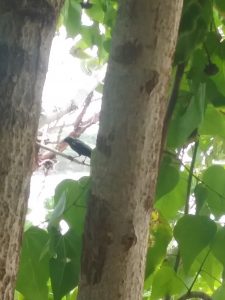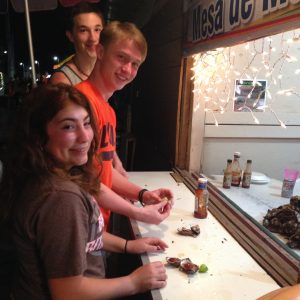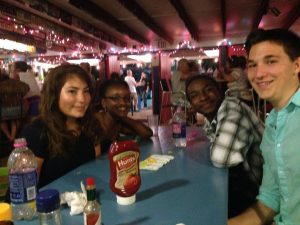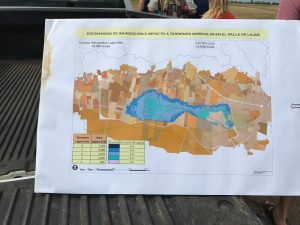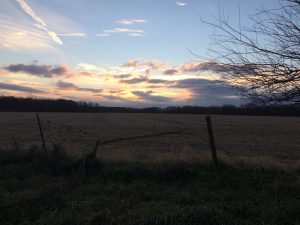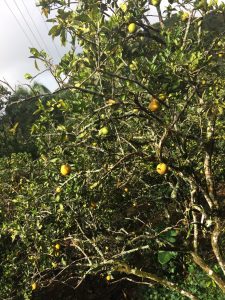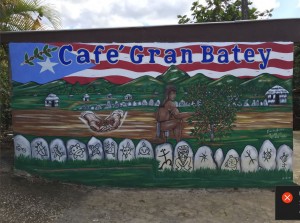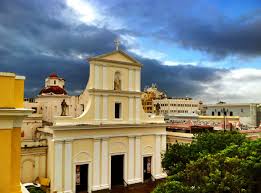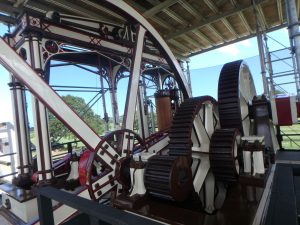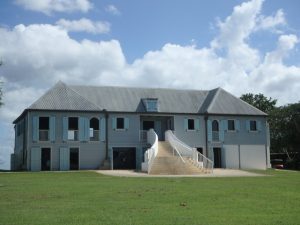The United States of America is home to a multifold of different ethnicities, backgrounds, and cultures. The cultural diversity of the U.S is something in which their citizens pride themselves in. Being born and raised on the Southside of Chicago, I have had the opportunity to be exposed to a plethora of different cultures. Over the course of this trip, I have noticed that my exposure to cultural diversity is not the same as the citizens of Puerto Rico, hence my world view is much different.
Geographically speaking, the United States is obviously much larger than Puerto Rico. Therefore, the population is much higher and the each region of the country adapts their own culture. I think it is important to note that everyone experiences cultural diversity in different ways in the United States. For example, I grew up in one of the largest and most diverse cities in the country. My high school was filled with people with differing races, religious beliefs, and world views. In contrast, some of my peers who are traveling abroad with us grew up in small towns, where there was a distinct and overwhelming uniform cultural identity. I think it is arguable that a Puerto Rican’s exposure to cultural diversity does not greatly differ from one side of the island to another. I do, however, believe that Puerto Ricans (in some areas) are exposed to more international tourists.
As agricultural and biological engineers, American agriculture is a huge part of our identity, especially in the Midwest. Because my family owns a home in rural Wisconsin, I have been exposed to some aspects of rural life. As an American, when I think of a “rural” area, I primarily think of large areas of farmland covered with corn and soybeans, maybe even some livestock in the surrounding areas. I quickly noticed that “rural America” was not exactly like rural Puerto. In Puerto Rico like most places, most of the population resides in urban areas. However, the majority of their farmland in which I would consider “rural” resided in the mountains. It is evident that the United States rural cultural identity differed very much from Puerto Rico.
More commonly, cultural identity is associated with race and country of origin. While on the Island, I noticed that although everyone lived in Puerto Rican, some did not appear as if they came from Puerto Rican or Hispanic descent, yet they appeared to be natives to the Island. From research I discovered that Non-Hispanic cultural diversity in Puerto Rico and the basic foundation of Puerto Rican culture began with the mixture of Spanish, Taino, and African culture in the 16th century. It was in the early 19th century that Puerto Rican culture became more diversified with the arrival of hundreds of families from Non-Hispanic countries like Germany, Ireland, Corsica, and France. This came about because of the concessions made by the Real Cedula de Gracias de 1815 which allowed European Catholics to settle in the island with land allotments in the interior of the island with the intent that they would pay taxes in support of the Catholic Church. There are also many people with non-Hispanic last names because European immigrants settled in Puerto Rico and intermarried with native Puerto Ricans.
Much of the cultural diversity in Puerto Rico was sparked by the Catholic Church, making most of the people of the Island Catholic as opposed to the United States where there are many different religions. As an American, it is evident that my worldview is slightly broader than someone from Puerto Rico. Aside from a few exceptions, Puerto Rico has a very distinct national culture, as opposed to the United States where it is more of a mixed, unconventional culture




